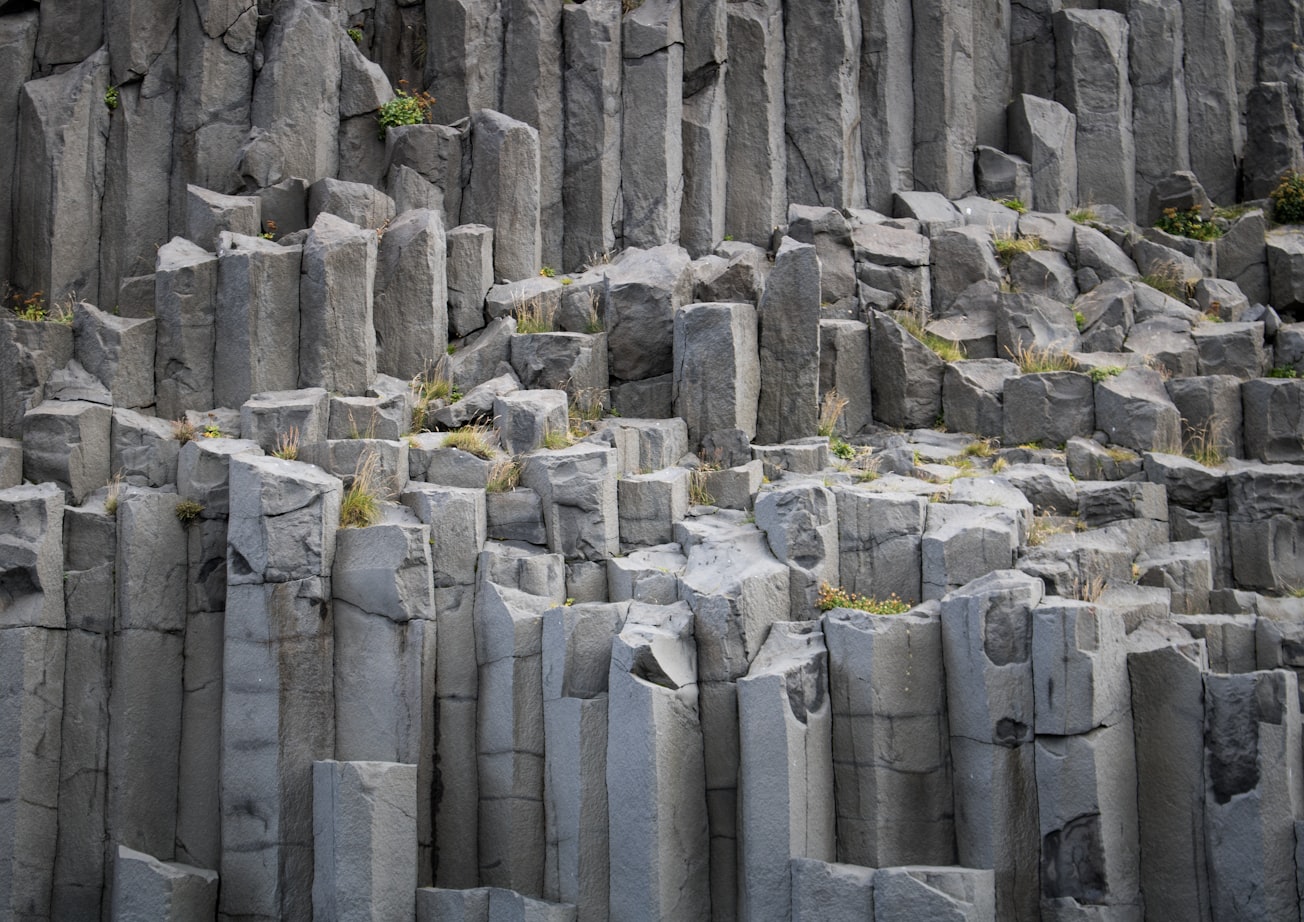What is it about?
Ferroelectric thin films of metallic oxides have important applications. Such films were elaborated by depositing a chemical solution on a substrate and by annealing. Films composed of similar grains (size and crystallographic structure) can be ferroelectric or not. Indeed, ferroelectricity depends on the film morphology. We have shown for the first time that the films have a columnar growth when no organic constituents are left. In this case, the films are ferroelectric. The conditions for a columnar or a shifted granular growth mode were so far unknown.
Featured Image

Photo by Jonathan Larson on Unsplash
Why is it important?
The morphology of the films was studied as a function of thermal annealing from the liquid film to the dry one. We propose a model based on diffusion, convection and evaporation in order to explain the growth of solution-deposited thin films. This is important in thin film engineering to anticipate film morphology to exhibit targeted morphologies and properties.
Perspectives
Ferroelectric, hence pyroelectric and piezoelectric thin films elaborated by chemical solution can be greatly developed at the conditions that organic constituents are fully removed. I hope this article will help people in a large variety of fields like chemistry, detector or energy applications.
Dr Christine Revenant
CEA
Read the Original
This page is a summary of: Effect of thermal annealing on the morphology of sol–gel processed barium strontium titanate thin films: Consequences on electrical properties, AIP Advances, June 2020, American Institute of Physics,
DOI: 10.1063/5.0007242.
You can read the full text:
Contributors
The following have contributed to this page










